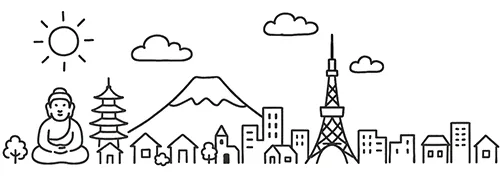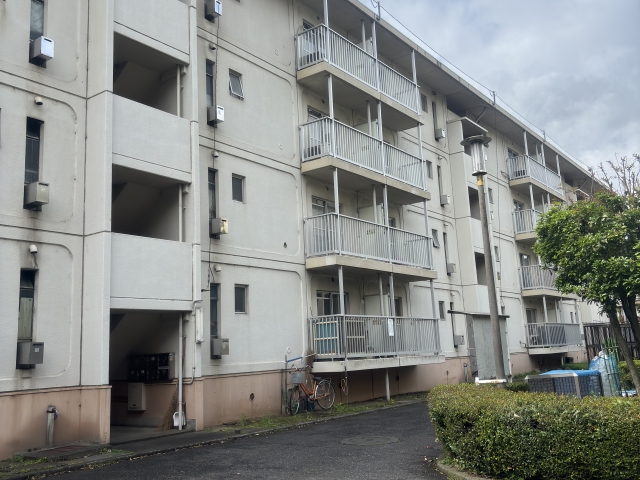In Japan, public housing complexes known as Danchi can be found all across the country. I myself lived in a Danchi until I moved out at the age of 23 to live on my own.
Of course, similar types of public housing exist in other countries too, though I don’t know much about them. So, I’d like to share a bit about the Danchi I grew up in here in Japan.
I was raised by a single mother, living with her and my older sister, who is three years older than me. When I was born, we were living in a old apartment, but we moved into a Danchi right around the time I started elementary school.
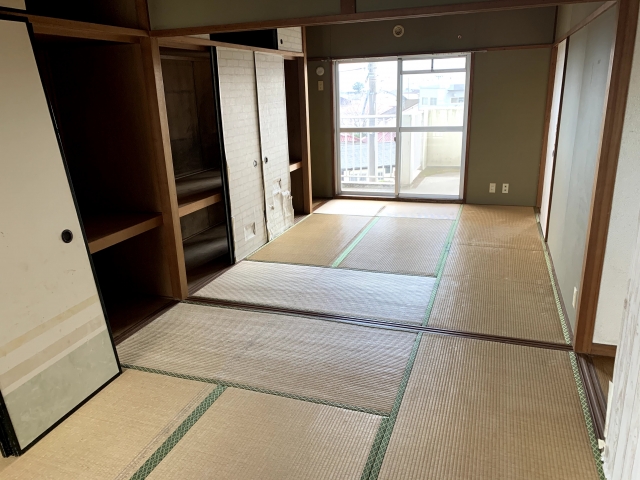
A Danchi is a type of rental housing provided at low cost for people with low incomes who are struggling to find a place to live.
To live in a Danchi, you need to meet certain income requirements and win a spot through a lottery system. Since they’re operated by local governments and offer spacious rooms at very affordable rent, they’re quite popular.
Rent varies depending on the region and the tenant’s income, but it usually ranges from about 3,000 yen to 50,000 yen per month. If your annual income is under 1.2 million yen, rent can be as low as 3,000–10,000 yen.
That said, looking back now, the first Danchi we moved into was extremely small and didn’t even have a bathroom. I think it was around 20 square meters, and the three of us lived there together. But as a child, I didn’t really think much of it—it just felt normal. A few years later, we were lucky enough to move into a bigger Danchi that had a bathroom.
In Japan, when people think of Danchi, they might picture something big, old, dark, and dirty—and honestly, that’s pretty accurate.
Since the residents are mostly low-income, you’ll sometimes come across some quirky or unusual characters.
In our Danchi, there was a well-known local woman who would shout loudly from early in the morning with half her butt sticking out. Another neighbor on a lower floor couldn’t keep their place clean and ended up living in what could only be described as a garbage house. The front of their apartment always smelled terrible—I still remember that stench to this day.
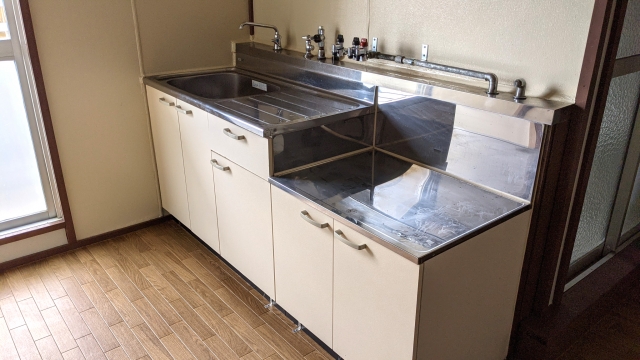
Fortunately, I was raised by a clean and tidy mother, so I was able to enjoy a relatively comfortable Danchi life.
Growing up in a Danchi naturally made me aware—without anyone having to say it—that our family wasn’t exactly well-off. At school, about 10–20% of my classmates were what you might call “Danchi kids.” Among us, there was this subtle sense of camaraderie, like we shared something unspoken.
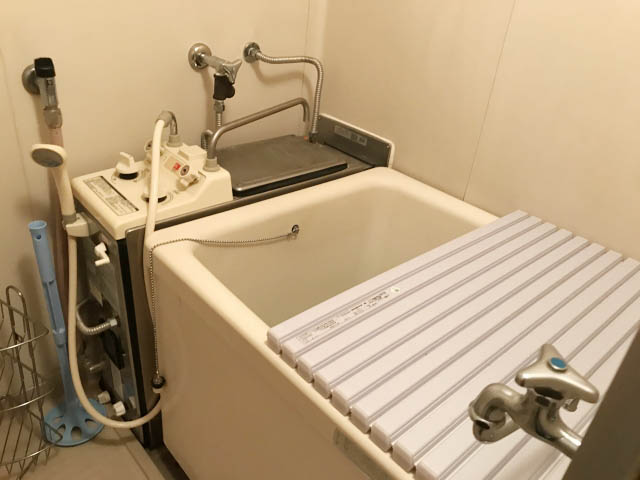
There’s also something nostalgic and human about Danchi that you don’t find in modern high-rise condos. There’s warmth and melancholy in the air. People are closer, more connected.
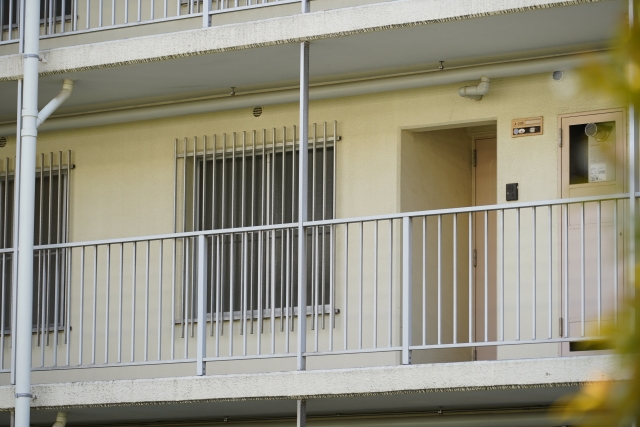
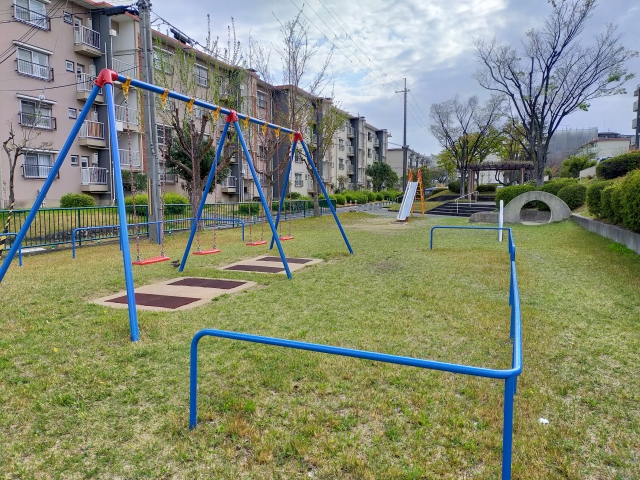
Looking back now, I realize how fortunate we Japanese are to have access to housing like that. The reinforced concrete buildings are sturdy, the walls are thick, and they come with all the essential facilities like a kitchen and a bath — all at a very low cost.
They may not be stylish, but they’re definitely practical.
Many Danchi buildings have become old and worn down, and these days they’re either being demolished or rebuilt as new Danchi. But The newly constructed ones are clean and come with modern amenities.
These days, some people even choose to move into Danchi intentionally, renovating the interiors to create a more fulfilling Danchi lifestyle.
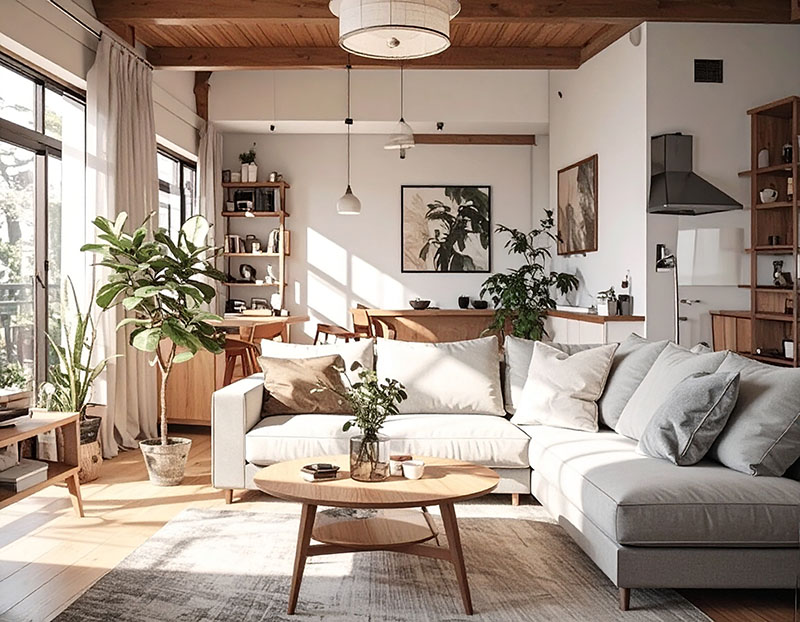
Maybe when I’m old and done paying off my mortgage, moving back into a Danchi wouldn’t be such a bad idea.
Thanks for reading!
If you enjoy my posts, your support really motivates me ☕
